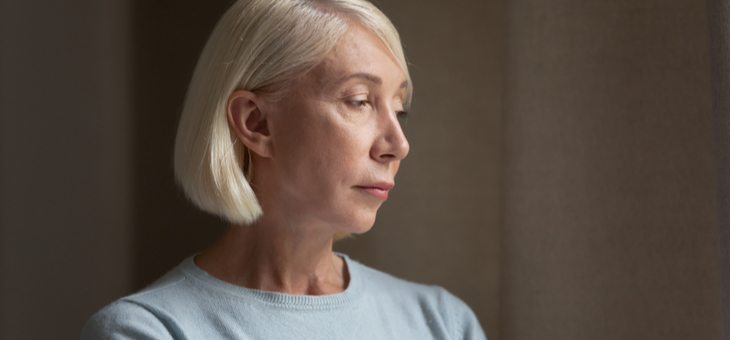Loneliness was the most widely reported source of personal stress for Australians during April, according to the third Australian Bureau of Statistics (ABS) Household Impacts of COVID-19 Survey.
Michelle Marquardt from the ABS said loneliness affected more women (28 per cent) than men (16 per cent).
Information was collected on the impact of COVID-19 on people’s lifestyles and behaviours during the period early April to early May, including whether they:
- had problems maintaining a healthy lifestyle
- had problems managing current health concerns, mental health or chronic conditions
- experienced relationship difficulties
- were suffering loneliness
- had problems with smoking
- had problems with gambling.
During this period, two in five Australians (43 per cent) reported experiencing at least one of the above personal stressors due to COVID-19. The most commonly experienced personal stressor was loneliness, reported by one in five Australians (22 per cent).
“Around one in five people (19 per cent) also reported that they were experiencing difficulties maintaining a healthy lifestyle, which was more of a problem for those aged 18 to 64 years (22 per cent) than those aged 65 years and over (nine per cent),” added Ms Marquardt.
The survey also highlighted changes to people’s lifestyles during the period early April to early May, including:
- 22 per cent who said they are eating more snack foods such as chips, lollies and biscuits
- 14 per cent who said they are consuming more alcohol, and 10 per cent who said they are consuming less
- 58 per cent who reported spending more time in front of their television, computer, phone or other device
- 29 per cent who reported less frequent consumption of takeaway or delivered meals, while 38 per cent spent more time cooking or baking.
Compared with March, fewer people were taking the following precautions in late April to early May:
- keeping distance from people (94 per cent compared with 98 per cent in March);
- purchasing additional household supplies (21 per cent compared with 47 per cent in March)
- purchasing additional medical supplies (8 per cent compared with 29 per cent in March).
The proportion of Australians who said they were wearing a face mask remained about the same – 17 per cent in March and 15 per cent in late April to early May.
“Australians have also made significant changes to their working lives, with nearly half (46 per cent) of all working Australians working from home in late April and early May,” Ms Marquardt said.
“Of those who were not working from home, 89 per cent reported they couldn’t due to the type of job they had.
“Women were more likely than men to have been working from home (56 per cent compared with 38 per cent).”
Ms Marquardt added that “during the period from early April to early May, one in six Australians aged 18 years and over (17 per cent) used a telehealth service”.
If you would like to talk to someone about your mental health, you can contact Beyond Blue on 1300 22 4636 or Lifeline on 13 11 14.
If you enjoy our content, don’t keep it to yourself. Share our free eNews with your friends and encourage them to sign up.
Related articles:
People willing to conceal COVID-19
Retirees who are being ‘overlooked’
Stimulus spending to make or break

